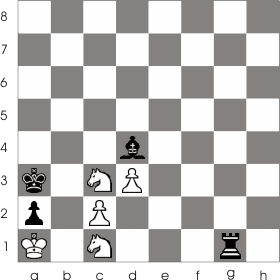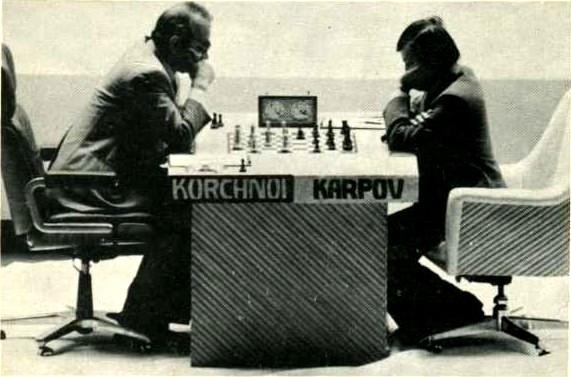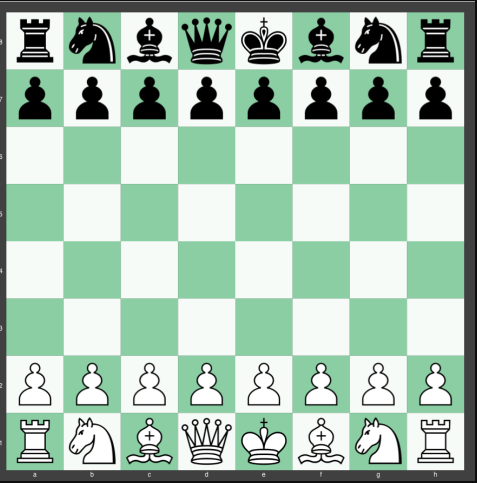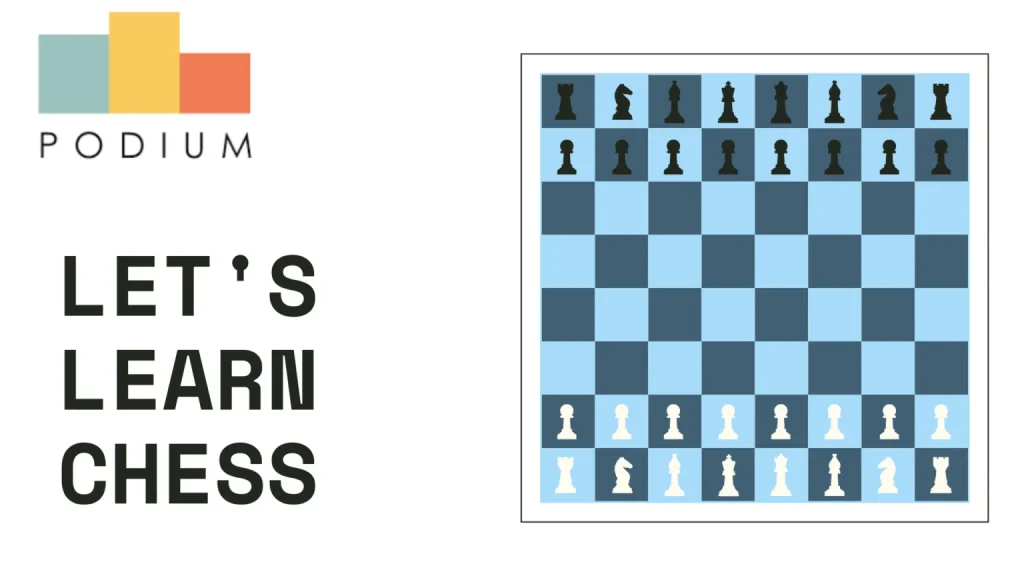Have you heard about the term “Stalemate” in chess and wondered what actually it is and how this rule works? Well, if you haven’t and still wondering about its significance in the game of chess, let’s learn about it thoroughly.
Stalemate is one of the most important terms used in chess. Stalemate is considered a win by many people, but this may later turn to be anyway good or bad to you considering your situation of the match. So let’s get into deep learning about stalemate.
Let us start from the start and know the very basics by defining the word “Stalemate”.
Origin of the word ‘Stalemate’
The word ‘Stalemate’ is derived from the Old French word ‘estale’ which means ‘position’ or ‘place’. The word ‘Mate’ basically in chess is used for the end of the game. So all together, ‘Stale’ and ‘Mate’, means the end of the game with respect to the position or place of the King. The word ‘Stalemate’ has been in use nearly since 1905 in the game of chess.
Stalemate Definition: What is Stalemate in Chess?
Stalemate is defined as a situation in the game of chess in which the player is stuck and has no legal place or position to move but also is not in check. According to the rule, whenever a situation of Stalemate arises, the game is considered to be a draw. Such a situation of Stalemate usually arises in the game-end. The situation of Stalemate is beneficial for you if you are losing the game. However, it is something you should definitely try to avoid if the probability of winning is in your favour because stalemate never leads to winning. It is unnecessary that Stalemate occurs out of a situation, it can also be intentional by the player.
It can be a boom for the losing player if worked with brilliant strategy and mind.

Observe the following picture and grasp that, this is a situation of Stalemate where the white king has no legal move to make but is also not in check.
Stalemate can happen with any of the chess pieces, not necessarily the King. It’s just that the given condition of the rule needs to be fulfilled.
Let’s take another example shown through the picture below to have a better understanding of the definition of stalemate. The black king is not in check, but he can not even move his other chess pieces as they are all stuck in a stalemate. Such a game will end in a Stalemate.
Also read Kingside Castling: What is it? When should you use Kingside Castling?
Why is Stalemate in chess, not a win?
Stalemate is a situation in which the pieces maintain the status quo. Firstly, the King has not been captured by the other player, and secondly, because he can not even move. The ultimate win is only decided by a checkmate, but here in this situation, the King cannot be checkmated and can not even move, so the game ends up as a draw. Or in other words, Stalemate is a condition when a player in the game is not capable to win but also is not captured by the other player in the game, so it can not be addressed as a complete win or lose since the ball doesn’t get in anyone’s court and cannot witness the clear win. The rules of chess, describe Stalemate as a draw but not a win, because of the above mentioned valid reasons.
Also read Bishop in Chess: Learn Bishop Moves in Chess in Simple Steps
Difference between a Stalemate, Checkmate, and a Draw
Let’s first compare the situations of Stalemate and Checkmate.
In the condition of a checkmate, the king has legally been captured by the other player, while in the condition of the Stalemate, the King is not captured by the other player in any scenario. The king is stuck and cannot move in the stalemate but can never be captured by the other player.
Now, let’s distinguish between Stalemate and a draw. The fact is that Stalemate is a condition that experiences draw as its endgame. The condition of draw arises when both the players agree that the game is a draw, while Stalemate specifically refers to the condition only when both players agree that the King has no legal moves left in the game.
Lastly, let’s compare the situations of Checkmate and draw.
Checkmate as earlier mentioned means to capture the King with no moves left. While a draw is a situation when the player to move is not in check but also does not have any legal move to make. It’s not a win for both the players participating in the game.
Example of a Stalemate
Let us discuss a real-life example of stalemate in the game of chess to comprehend things more efficiently.

In an international chess match between Viktor Korchnoi and Anatoly Karpov, a stalemate occurred in the 124th move of the game. This was a Chess Championship held in 1978. The two players were not in a condition to speak to each other, so none of them initiated a draw so the game continued for a long time. This was probably the longest game played in a World Chess Championship final match before 2014. This is also considered as only World Championship game to end because of Stalemate before 2007. It gave mote magnified understanding of the game and specifically the stalemate.
Other words for Stalemate
A few other replacement words for the term ‘Stalemate’ can be ‘impasse’ which means a situation in which there is no possible progress because of a clash or a dead end. Another replacement for the word Stalemate is the word ‘deadlock’ meaning a situation in which opposing parties face each other and are stuck in the situation. A few other words which work as a replacement for Stalemate are ‘gridlock’, ‘stand lock’, ‘standoff’ etc.
Basically, all the given names indicate the stuck up condition that the king of the team faces but cannot be captured by the other.
Stalemate Practice Worksheets
Share with your friends






